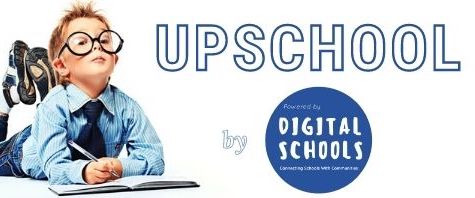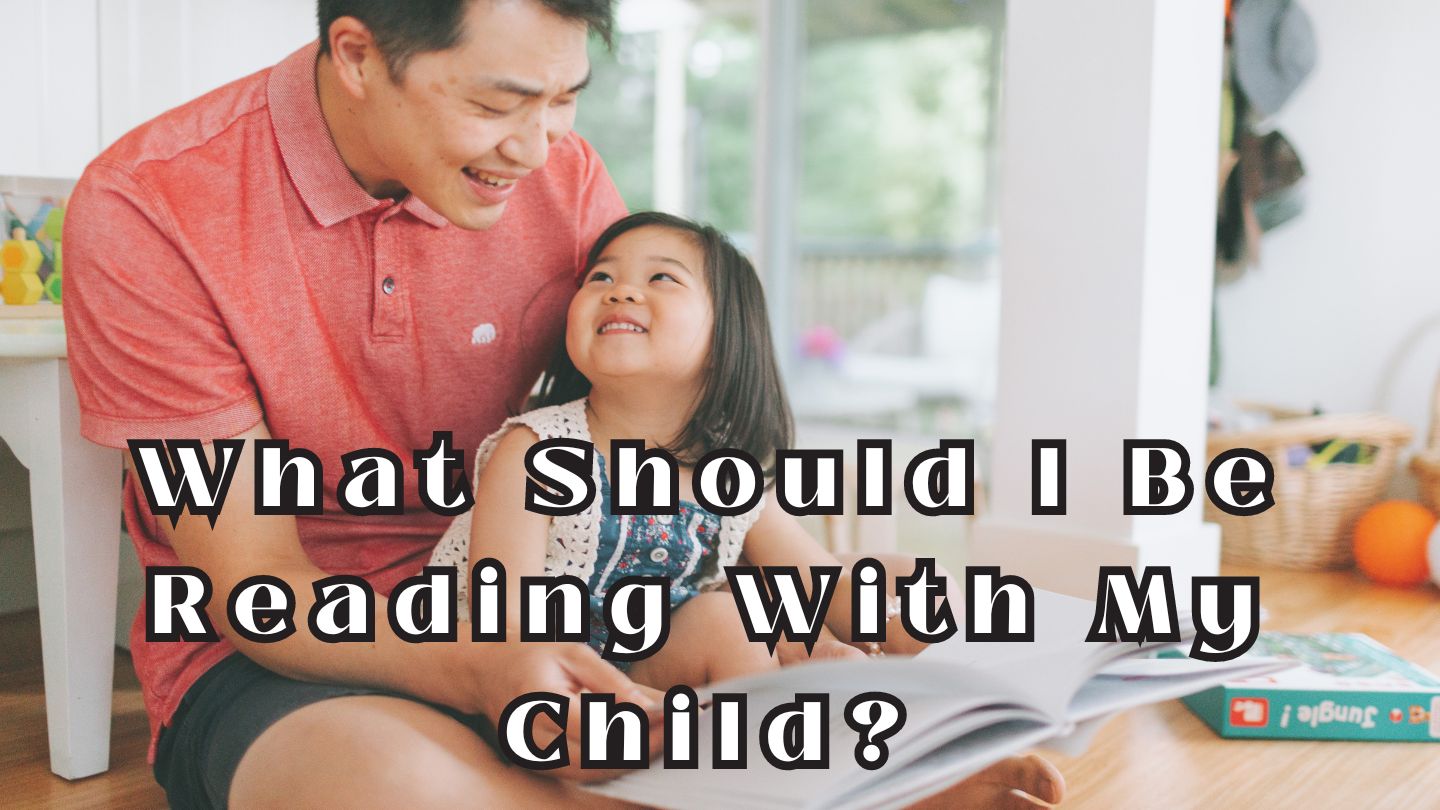Published by: Digital Schools
Reading with your child is a wonderful way to foster a love of literature, support language development, and spend quality time together. When choosing books, consider a mix of genres and types that are age-appropriate and culturally relevant. Here are some recommendations:
Types of Books
Picture Books
- For Younger Children (0-5 years)
- Picture books with vibrant illustrations and simple text are great for young children. Look for books that feature repetitive language, rhymes, and familiar themes.
- Examples:
- “Possum Magic” by Mem Fox and Julie Vivas
- “Diary of a Wombat” by Jackie French and Bruce Whatley
Board Books
- For Infants and Toddlers
- Durable board books are ideal for little hands and often feature simple stories or concepts such as shapes, colors, and numbers.
- Examples:
- “Where is the Green Sheep?” by Mem Fox and Judy Horacek
- “Peepo!” by Janet and Allan Ahlberg
Storybooks
- For Preschool and Early School Age (3-7 years)
- Storybooks with engaging plots and more complex language help to expand your child’s vocabulary and comprehension skills.
- Examples:
- “Wombat Stew” by Marcia Vaughan and Pamela Lofts
- “The Magic Pudding” by Norman Lindsay
Australian Themed Books
- Books that highlight Australian flora, fauna, culture, and geography can be both educational and engaging, helping children connect with their heritage.
- Examples:
- “Are We There Yet?” by Alison Lester
- “My Place” by Nadia Wheatley and Donna Rawlins
First Readers
- For Early Readers (5-7 years)
- Simple chapter books or leveled readers with large print and short sentences help early readers practice their skills.
- Examples:
- “Aussie Nibbles” series by various authors
- “Billie B Brown” series by Sally Rippin
Chapter Books
- For Independent Readers (7+ years)
- Chapter books with more detailed stories and character development are great for children who are confident readers.
- Examples:
- “The Treehouse Series” by Andy Griffiths and Terry Denton
- “The Adventures of Nanny Piggins” by R.A. Spratt
Additional Tips
- Incorporate Diversity: Include books that reflect diverse cultures and experiences to broaden your child’s understanding and empathy.
- Interactive Books: Choose books that encourage interaction, such as lift-the-flap, touch-and-feel, or sound books, especially for younger children.
- Seasonal and Thematic Books: Use books to celebrate seasons, holidays, and special events. This can make reading more relevant and exciting.
- Follow Interests: Select books based on your child’s interests, whether they love animals, space, adventure, or fairy tales. This keeps them engaged and excited about reading.
- Library Visits: Regular visits to the local library can provide a variety of books and expose your child to new genres and authors.
Reading together not only improves literacy skills but also creates lasting memories. Enjoy exploring the world of books with your child!
Digital Schools
The content by "Digital Schools" which can be found under the "Guest Contributor" category on this platform is produced by Digital Schools PTY LTD. Digital Schools works in partnership with the school as a 3rd party provider to help build and maintain the school website. As well as this, we assist the school by engaging with a range of experts who already provide products and/or services to educational institutions and we work with them to produce and publish information to this website that we think may be relevant, interesting or topical to families within the community.
PLEASE NOTE: The views, opinions and content published by us are that of the "Guest Contributor" and/or publisher (Digital Schools). It should be noted that whilst the publisher and guest contributors are acting with the best intentions and in the best interests of the school and their community, sometimes the content may not necessarily reflect the views of the school. We welcome your feedback. Down the bottom of this page is a feedback form so you can let us know what you think.


